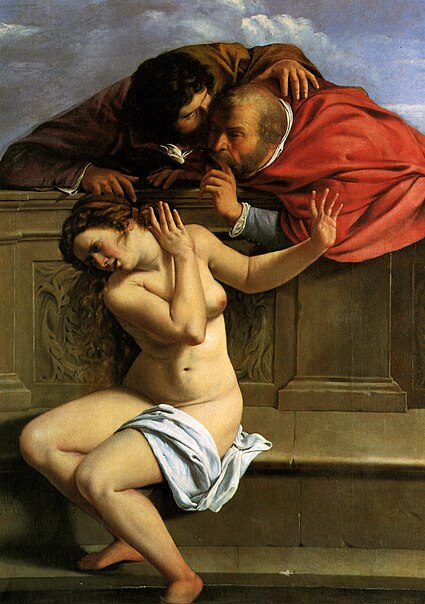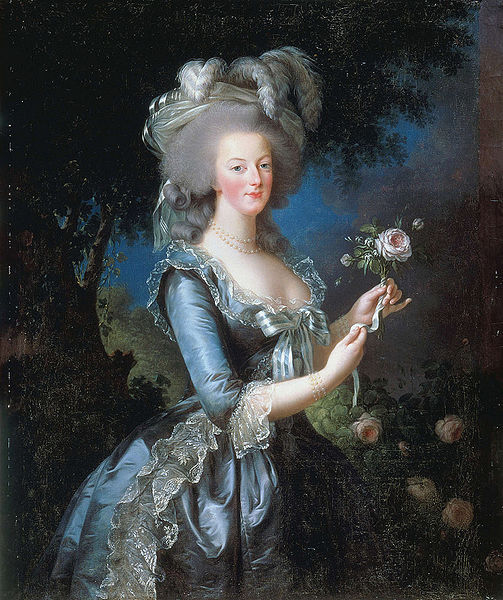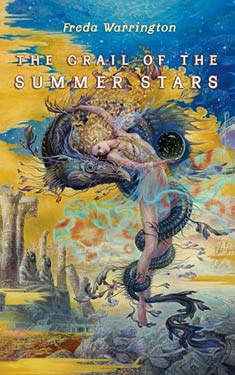
Well, that was a roller-coaster of a day.
The conference thus far as been excellent. I tweeted a lot (the official hashtag is #UnStraightConference if you want to see what other people are saying about it. Also several major sessions are being webcast here. Here’s a quick run-down of what went on today.
We began with Nicholas Hasselqvist from the actual Unstraight Museum, which is based in Sweden. He talked quite a bit about how even Sweden fails dismally when it comes to things like helping LGBT asylum seekers or standing up to the International Olympic Committee. He also talked about some of the amazing outreach work he and his colleagues do around the world. One of the key stats he mentioned is that there are around 55,000 museums in the world; of them 312 are dedicated to Elvis Presley, but only two (his and the Schwules in Berlin) are dedicated to LGBT lives.
During the Q&A on Nicholas’s talk we chatted briefly about the difficulty of assigning identities to people from history. He mentioned the case of Queen Christina of Sweden, whom many Swedes believe to have been a lesbian or even trans.
After the break Nicholas has us all participate in the creation of a museum exhibit. We had all been asked to bring an artifact that had personal importance to us. We then had to write a brief blurb for it, do a short video talking about it, and have our photos taken with it. Each personal entry was put together to form an exhibit item. In under an hour we had created a really great little exhibition. There were some very moving stories being told, and a few extraordinary exhibits. Several people mentioned pop stars as having been inspirations. One exhibit was a pair of sunglasses that were once owned by David Bowie. (Lauren, I am so jealous!) Being utterly shameless, I gave them a photo of me with a Hugo trophy. That should infuriate a few people in fandom.
After lunch various people from Liverpool museums and Homotopia, the arts foundation that did most of the work creating both the April Ashley exhibition and this conference, talked about their work and how they managed to create such a high profile event. I was seriously impressed at how much commitment and buy-in the diversity project had from senior management in Liverpool’s museums. Nor were they content with just exhibiting stuff, they wanted to change people’s minds through doing so.
Of particular interest was Ann Bukantas from the Walker Gallery, which has put on a lot of LGBT-themed art exhibits of late. (They had a David Hockney exhibition recently, and now have Grayson Perry). From her I learned about the transvestite artist, Phil Sayers, whose specialty is appearing as a woman in his own art, often recreating famous works of art with female subjects. Sayers is the only artist in the over 100-year history of the Walker whose art has been attacked by an irate member of the public.
Finally we came on to the creation of the April Ashley exhibition itself. I’ll have more to say about that later, but for now here’s the official trailer for it.
The bit at the end where April talks about finally getting official confirmation of her identity after over 45 years (thanks to the passage of the Gender Recognition Act) totally tore me up. I very nearly sobbed out loud, which would have been very embarrassing.
The rest of the day was given over to breakout sessions. I attended two. The first was about an exhibition viewing punk history from a queer perspective (with particular focus on Poly Styrene). The second was about the Tom of Finland Foundation in Los Angeles, which exists to preserve the work of the great Finnish gay artist.
One of the more interesting questions we addressed during the day was what level of openness about LGBT issues straight people are prepared to tolerate. Val Stevenson of Liverpool John Moores University, who gave the presentation about the punk exhibition, noted that the shopping mall where she was exhibiting was very prudish about sexualized images, despite its shops being covered in advertizing featuring highly sexualized pictures of near-naked women. Durk Dehner from the Tom of Finland Foundation said he and his colleagues are very reluctant to let any of their collection out of their control because so much of Tom’s art is deeply sexual and they fear other organizations would want to sanitize it before putting it on display.
Back, then, to April. I had a look around the exhibit, and I must say that it is beautifully done. It looks great (though April is so beautiful it is hard not to have her looking great), and the content is good too. Some younger trans activists are likely to be outraged by it because it does include the whole man-into-woman narrative, but sadly such things are still necessary when reaching out to the general public. Bev Ayre, the Project Director, said that April was initially reluctant to have her pre-transition life mentioned at all. However, taking it out would have erased both her connection to Liverpool (where she was born and grew up) and her suicide attempt.
I should note that Bev and her colleagues put in a huge amount of work to get the local trans community involved with the project, and to have them tell their stories alongside April’s. Credit here should go to local trans activist, Jenny-Anne Bishop, who worked tirelessly to get the local trans community on board. Several local trans people have been working as volunteers at the conference.
The final event of the day was also trans-themed. It was the opening of a small exhibition titled, “Ken: To Be Destroyed”. Some of you may remember this Guardian article from late last year about a woman called Sara Davidman who discovered that an uncle of hers had been trans. Sara has created a small museum exhibit about her relative (K, as Sara now calls her) which is now installed alongside the April Ashley exhibition. In many ways it is a very sad story, because of the way in which K had been forced to live in the closet all of her life, and how even now members of Sara’s family don’t want to be associated in any way with what they perceive to be the shame of K’s existence.
I was expecting this trip to be fairly emotional, but I didn’t realize quite how bad it would be until I started looking around April’s exhibition and I was reminded of how much she had inspired me as a teenager. Of course there was no way I’d ever have been that glamorous but she was, as Laverne Cox has it, a Possibility Model. She showed me that life was possible. Sadly April is currently very ill and her planned appearance at the conference tomorrow has been cancelled, so I will not have a chance to thank her personally. I am doing so here instead.
April, I would not be me without having had your help.











 Birthdays are odd these days. I got two actual paper cards, and almost 250 people wishing me well on Facebook. Mostly, of course, the latter was just people saying “happy birthday”, but one or two linked to art that might pass for card art. This particularly beautiful image came courtesy of my Greek friend, Sissy Pantelis. The artist, Xue Wawa, is a Chinese couple who have been working together for over ten years. You can find out more about them, including contact details for an English-speaking agent,
Birthdays are odd these days. I got two actual paper cards, and almost 250 people wishing me well on Facebook. Mostly, of course, the latter was just people saying “happy birthday”, but one or two linked to art that might pass for card art. This particularly beautiful image came courtesy of my Greek friend, Sissy Pantelis. The artist, Xue Wawa, is a Chinese couple who have been working together for over ten years. You can find out more about them, including contact details for an English-speaking agent, 
